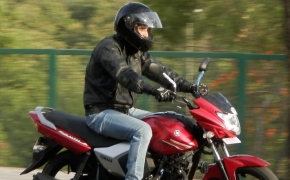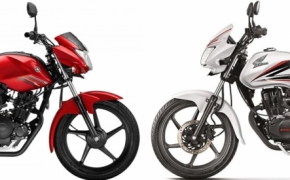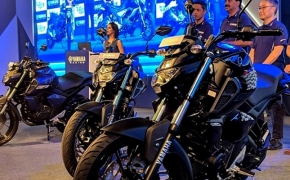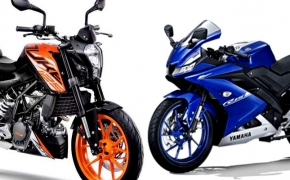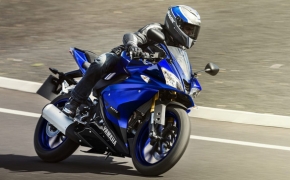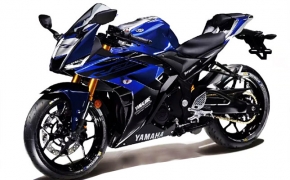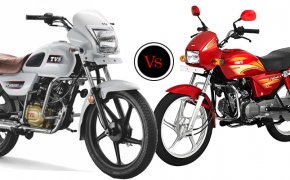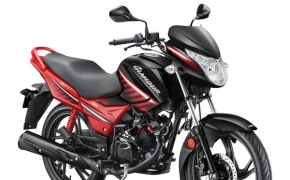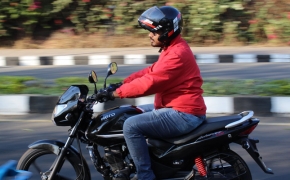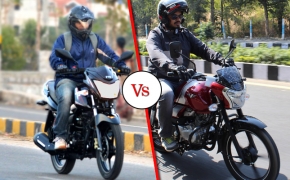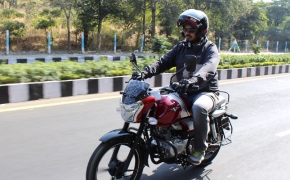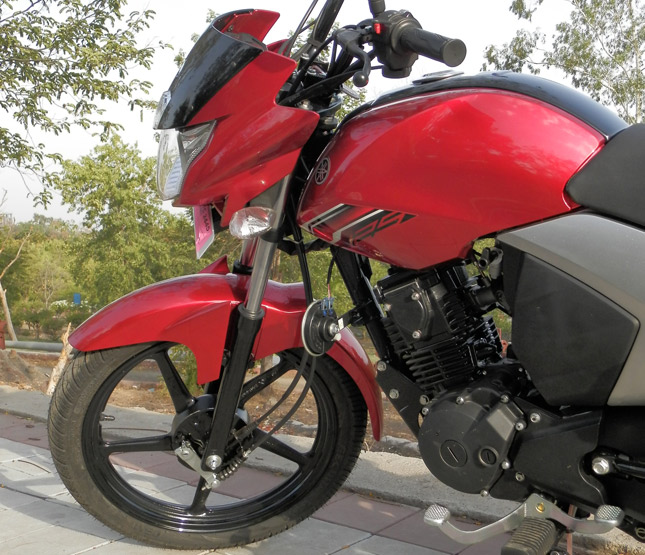 Braking technology has developed quite a lot since the past decade. Today disc brakes have become somewhat the norm when it comes to bikes and why not, they are after all the more efficient and safe braking option available today. But it is not to be forgotten that drum brakes have served mankind for its braking needs on automobiles for over the greater part of the century and they still keep on serving us on the smaller capacity bikes like commuters and other mid-variant bikes.
Braking technology has developed quite a lot since the past decade. Today disc brakes have become somewhat the norm when it comes to bikes and why not, they are after all the more efficient and safe braking option available today. But it is not to be forgotten that drum brakes have served mankind for its braking needs on automobiles for over the greater part of the century and they still keep on serving us on the smaller capacity bikes like commuters and other mid-variant bikes.What made drum brakes special is because of its cheap nature and high efficiency to work under a small space. Disc brakes are always out in the open glimmering away in all its shine. But drum brakes are those nerd kids who always stay in the background working up the class average higher every time. Hence it is important to know how these brakes really perform.
With disc brakes, it is all about the brake pads creating friction on the disc to stop the bike. But in case of drum brakes, it is the brake shoe which works directly on the wheels to stop the bike. The braking mechanism is fitted inside the wheel. Here the brake shoe is nothing but two brake pads connected together to a coupling which is controlled via a spring action. Inside the wheel when the brake is applied, the spring applies pressure on the brake shoe which expands and creates a frictional force on the inner circumference of the wheel. Due to this friction action the wheel stops its spinning motion and brings the bike to a halt.
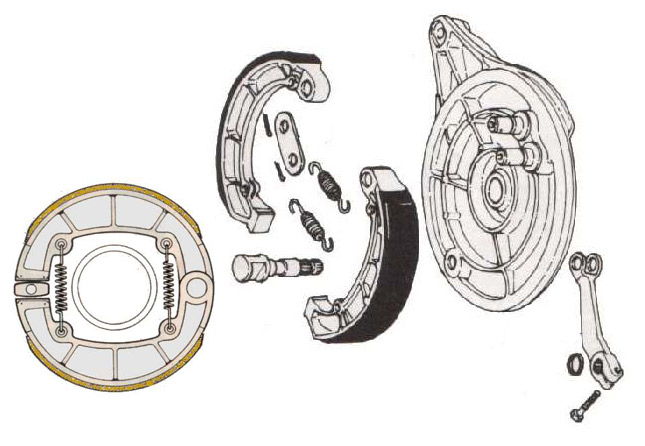 This is a very classy braking technique and is pretty efficient as well but the issue is with the limitation. Earlier with spoke wheels it was pretty fine, but with the newer alloy or “mag” wheels, the brake shoe gets deteriorated quickly. Also with the excess frictional force, there have been cases reported where due to sudden braking the alloy wheels even developed cracks on the inside which can harm the bike and the rider during a mishap situation.
This is a very classy braking technique and is pretty efficient as well but the issue is with the limitation. Earlier with spoke wheels it was pretty fine, but with the newer alloy or “mag” wheels, the brake shoe gets deteriorated quickly. Also with the excess frictional force, there have been cases reported where due to sudden braking the alloy wheels even developed cracks on the inside which can harm the bike and the rider during a mishap situation.Another big drawback of the drum brakes is the bite that is gives. The bite is pretty strong but it cannot hold on for a long time. Also when it comes to stopping from very high speeds, the brakes cannot give that good a bite without causing a wheel lock up. Add to that the disadvantages of not being able to use ABS with drum brakes. But one more big reason why drum brakes are not used on the higher capacity bikes is because of the heat dissipation issue. With spoke wheels, the metal wheel was a good heat conductor and worked like a charm of a heat sink. But now with the alloy wheels, the heat dissipation capacity of the wheels has reduced quite a lot making the wheel a less practical braking option these days due to the heating issue.
The article might seem a lot negative to the readers but then the truth is always the truth. Drum brakes have always been the unsung heroes working under the shadow of the big disc brakes. But even today they silently and most importantly cheaply keep working away stopping bikes and saving lives.
By: Pratik Patole












